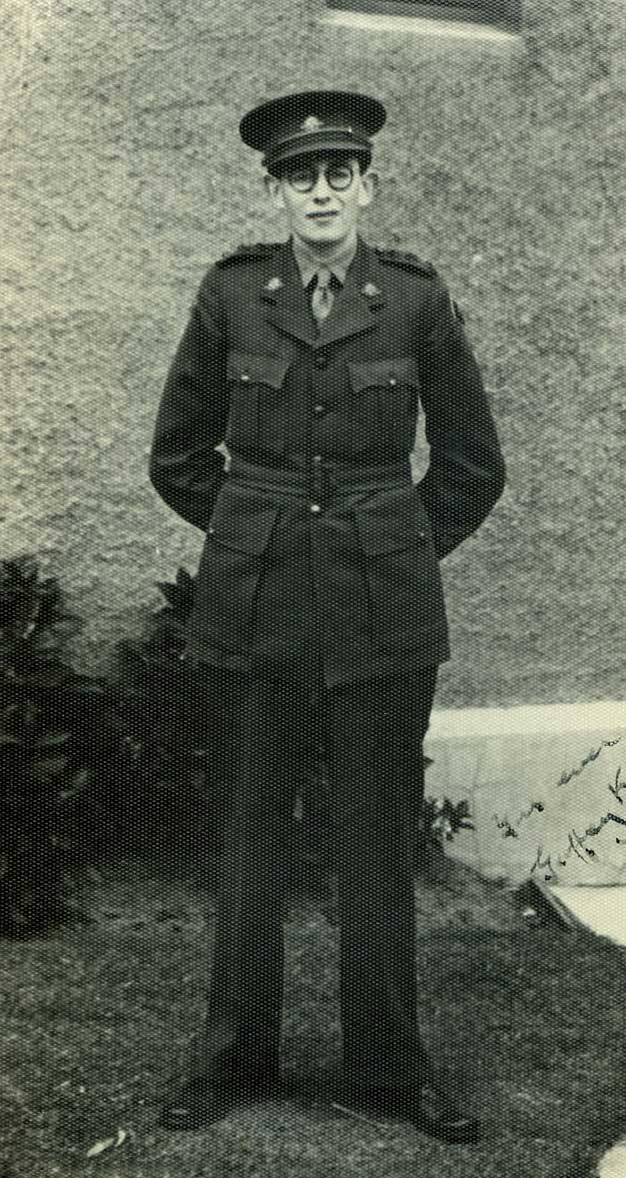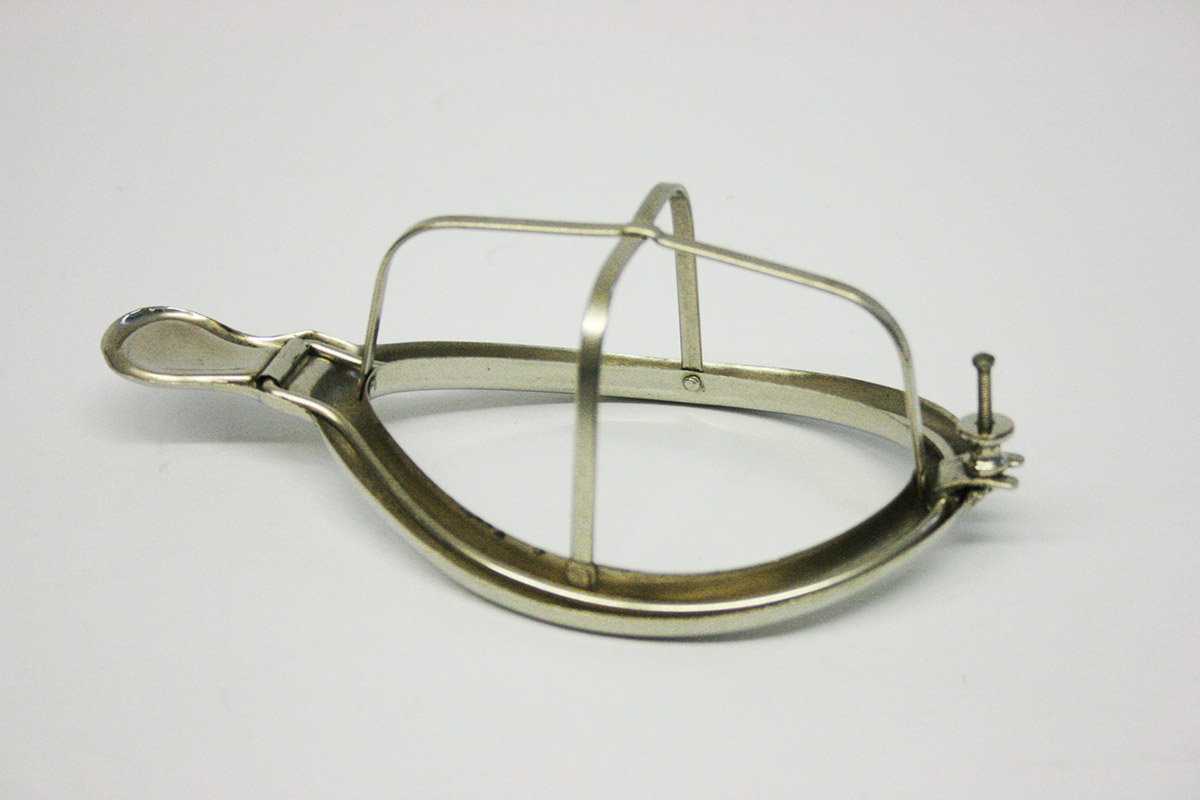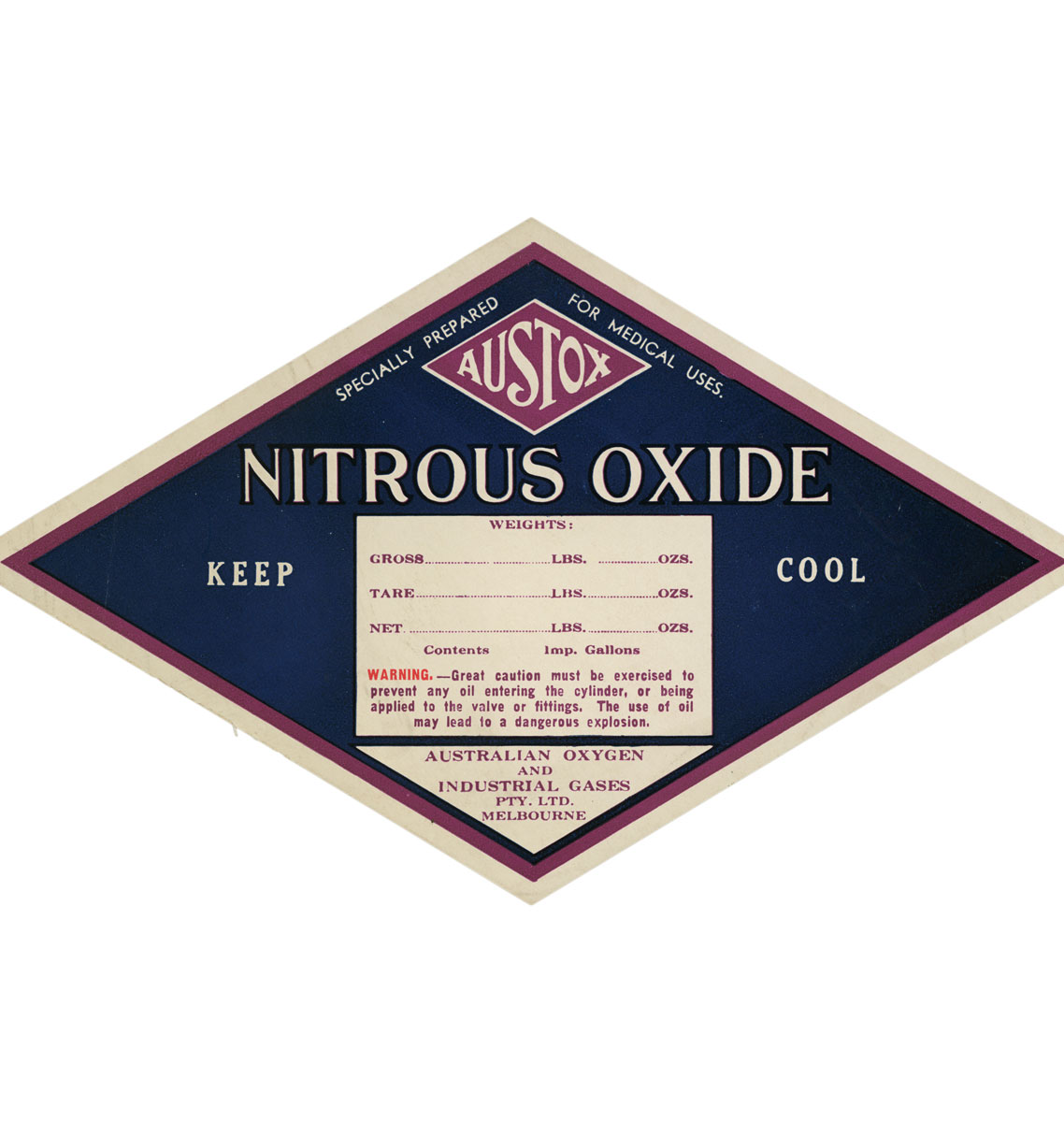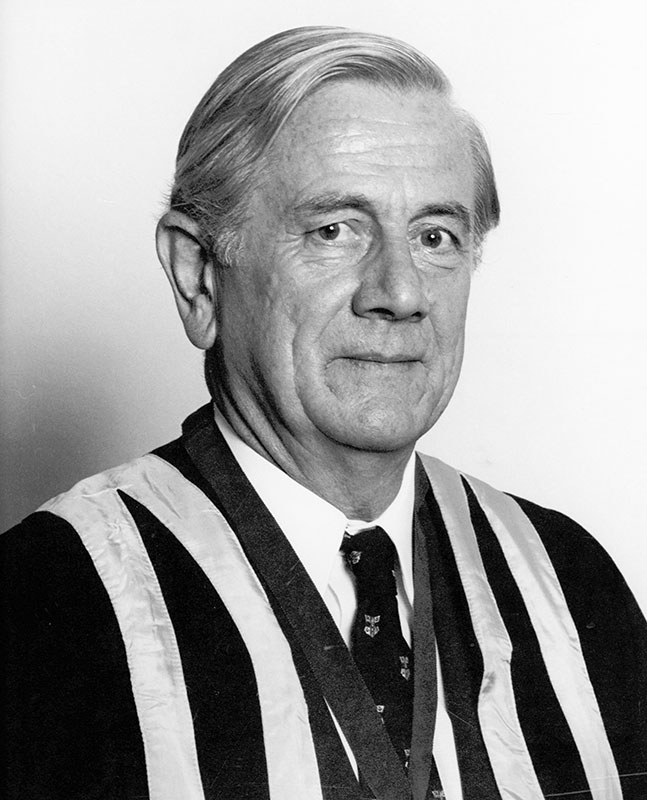GEOFFREY KAYE MB, BS, MD, FFARACS
WORLD WAR II
Prior to World War II, Geoffrey Kaye contributed to Australia’s first textbook on anaesthesia, was instrumental in establishing the Australia Society of Anaesthetists, and designed a simple, robust and easily manufactured vaporiser for military use. He enlisted in 1939, was appointed anaesthetic adviser to the Australian Infantry Forces, and served in the Middle East.
Kaye was the only specialist anaesthetist working at a hospital with up to 1500 patients. He appointed a deputy and several “occasional” anaesthetists from the medical staff.
Ether was the preferred anaesthetic. It was cheap, readily obtainable and provided adequate muscle relaxation for most operations. It was generally administered with a Schimmelbusch mask or using the vaporiser designed by Kaye.
After the war, Kaye established a teaching centre at the University of Melbourne, where all medical students learnt about anaesthetics. In 1974 he was awarded the Orton Medal for Distinguished Services to Anaesthesia and an Honorary Fellowship of the Faculty of Anaesthetists.
Kantara, Egypt. July 1941. General view of 2/2 Australian General Hospital. Australian War Memorial.
Geoffrey Kaye lecturing at Melbourne University, Geoffrey Kaye Museum of Anaesthetic History
Schimmelbusch mask – Geoffrey Kaye Museum of Anaesthetic History
Vaporiser – Geoffrey Kaye Museum of Anaesthetic History
Oxford vaporiser – Geoffrey Kaye Museum of Anaesthetic History
Nitrous Oxide label – Geoffrey Kaye Museum of Anaesthetic History
WILLIAM JOHN WATT OBE MB, ChB, FFARCS, FFARACS, FANZCA
WORLD WAR II
Jack Watt had graduated from the University of Otago when World War II commenced. He enlisted in the New Zealand Army Medical Corps, and served with the 6th New Zealand General Hospital.
The New Zealand Army had a tough campaign in Italy. Medical divisions were frequently under attack, scrambling to lay out Red Cross signs as shells landed among ambulances and supply tents.
They had no specialist anaesthetists and medical officers were often instructed by nearby British specialists. The Oxford vaporiser soon became the preferred delivery device. Heavy stovaine solution was available for spinal anaesthesia but not suited to shocked casualties.
Watt became one of the first anaesthetic registrars in Auckland. He then travelled to the UK for a Diploma of Anaesthesia and ultimately his Fellowship.
He was interested in teaching and training, worked in the Pacific for the World Health Organisation, was New Zealand’s first Dean of the Faculty of Anaesthetists, and was awarded an OBE in 1981.
Jack Watt wearing Dean’s robes – Geoffrey Kaye Museum of Anaesthetic History
University of Otago – Dunedin, NZ. Photographer: D Liebisch









